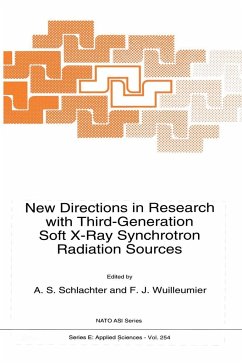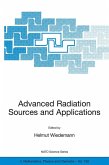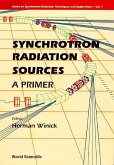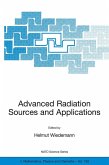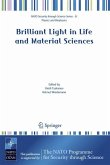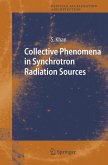Soft X-rays are a powerful probe of matter. They interact selectively with electrons in atoms and molecules and can be used to study atomic physics, chemical reactions, surfaces and solids, and biological entities. Over the past 20 years, synchrotrons have emerged as powerful sources of soft X-rays for experimental use. A new, third generation of synchrotron light sources is scheduled to start operation over the next few years, beginning in 1993. These facilities are distinguished by their ultra-low emittance electron beams and by their undulators -- precisely engineered magnetic devices that cause the electrons passing through them to produce highly coherent X-rays and ultraviolet light of unprecedented spectral brightness. This volume emphasizes third-generation sources that produce light in the 10 eV--10 KeV energy range. It describes potential applications ranging from the purely scientific to the commercially viable and includes chapters on the practical aspects of designingundulators and beam line optics. Unique in its coverage, the book is a vital addition to the library of any scientist who needs information on the world's most advanced imaging and spectroscopic techniques.
(ABSTRACT)
This volume emphasizes the applications of new third generation synchrotron radiation sources that produce light in the ultraviolet and soft X-ray range of the spectrum. The unprecedented brightness of this light enables experiments to be conducted with greatly increased spatial and spectral resolution. Scientists can exploit these properties for imaging and spectroscopic applications that until now were impossible or impractical. Prominent researchers in the field describe these applications and others made possible by the light's pulsed time structure and polarization. The volume also includes chapters on the practical aspects of designing undulators and beam line optics.
(ABSTRACT)
This volume emphasizes the applications of new third generation synchrotron radiation sources that produce light in the ultraviolet and soft X-ray range of the spectrum. The unprecedented brightness of this light enables experiments to be conducted with greatly increased spatial and spectral resolution. Scientists can exploit these properties for imaging and spectroscopic applications that until now were impossible or impractical. Prominent researchers in the field describe these applications and others made possible by the light's pulsed time structure and polarization. The volume also includes chapters on the practical aspects of designing undulators and beam line optics.

